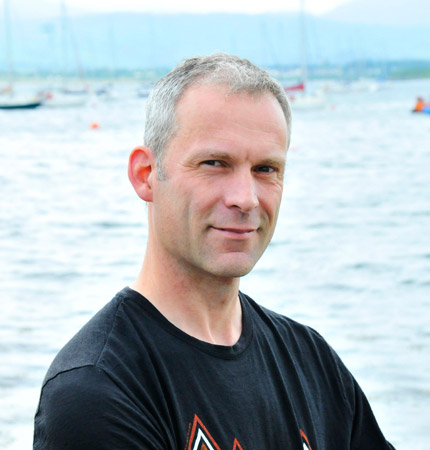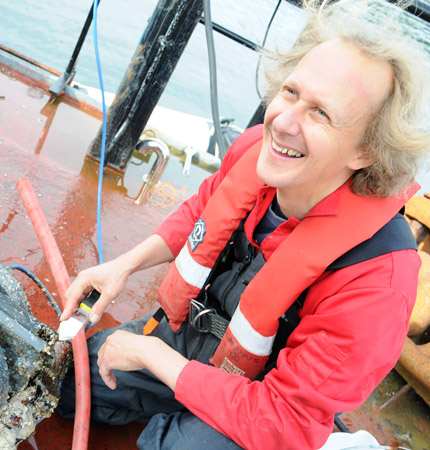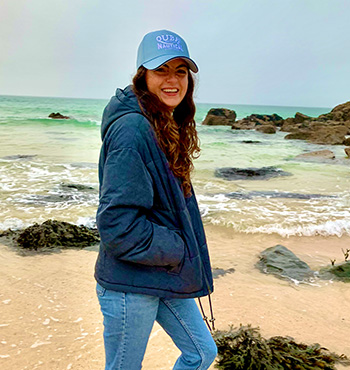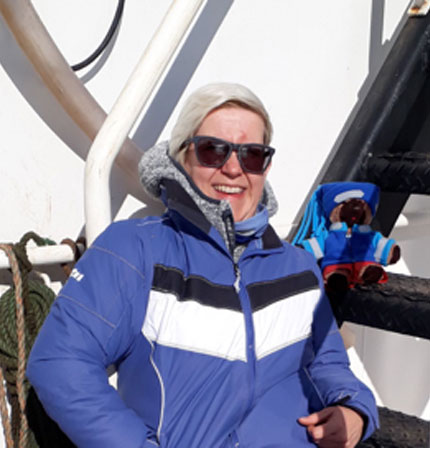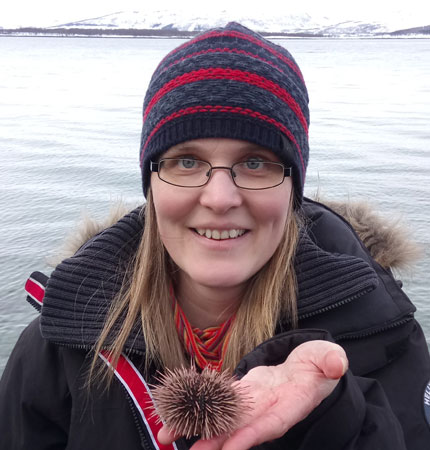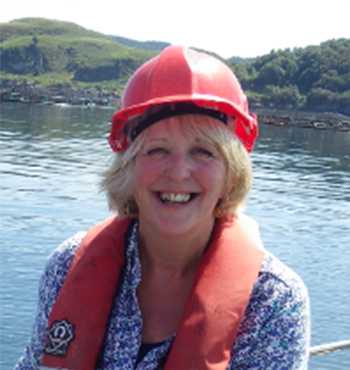E(tive)lice: Revolutionizing Sea lice detection for sustainable salmon farming and conservation
Sea lice infestations are a major barrier to sustainable expansion of salmon farming, causing significant welfare issues, reduced production and mortality of farmed fish, and posing potential health risks to local wild salmonid populations. Adult sea lice are large mobile external parasites, releasing larvae directly into the water where they are dispersed by water currents. Detecting sea lice larvae in the water away from the immediate locality of farms has proven extremely difficult despite more than a decade of research. This is due to their rapid dispersal, low numbers due to relatively low fecundity and dilution, and patchy distribution. Therefore, research that could identify and quantify the abundance of larval stages in the water would introduce a powerful early warning of infection pressures on both wild and farmed salmonids. There is therefore an urgent need to develop new methods for early warning of sea lice infection, both for industry to develop sustainable practices of parasite control, as well as for regulators to monitor and develop sustainable policy for wild salmonid conservation and improved fish welfare. The E(tive)lice project brings together an interdisciplinary team of researcher institutes, aquaculture industry partners, and wild fisheries management to address this challenge. We will develop and test novel molecular methods for identification and enumeration of sea lice larvae in microcosm, mesocosm, and in-situ field applications, and compare them against traditional plankton capture and taxonomic identification validation methods. The novel methods are eDNA extracted directly from sea water and larval fluorescence profiling. We will also use lipidomics to determine if there are evolutionary differences between sea lice populations from wild or farmed hosts. Method development will be complemented by improved understanding of sea lice biology and ecology, targeting knowledge gaps identified by a recent national and international knowledge gap analysis (Moriarty et al., 2023). We will focus on a local sea loch environment (Loch Etive, west coast Scotland) with multiple active salmonid aquaculture sites and a known area for resident and migratory wild salmonid populations. We will test the influence of hydrodynamically changing conditions, specifically a natural extreme salinity gradient and tidal flushing, on sea lice larval dispersal, genetic connectivity, and sea lice adaptation, and implications of fallowing as an effective sea lice management practice. Collectively, the E(tive)lice project will provide methods for reliable data collection of sea lice larvae that are essential for validation and optimisation of sea lice dispersal modelling, which progressive salmon companies are adopting for sea lice management, and which lies at the heart of the proposed sea lice regulatory risk assessment framework being developed by the Scottish Environmental Protection Agency (SEPA, 2023). By advancing our understanding of sea lice dispersal and local adaptations, our project will both support the salmon farming industry and bolster conservation efforts for wild salmonid populations.




